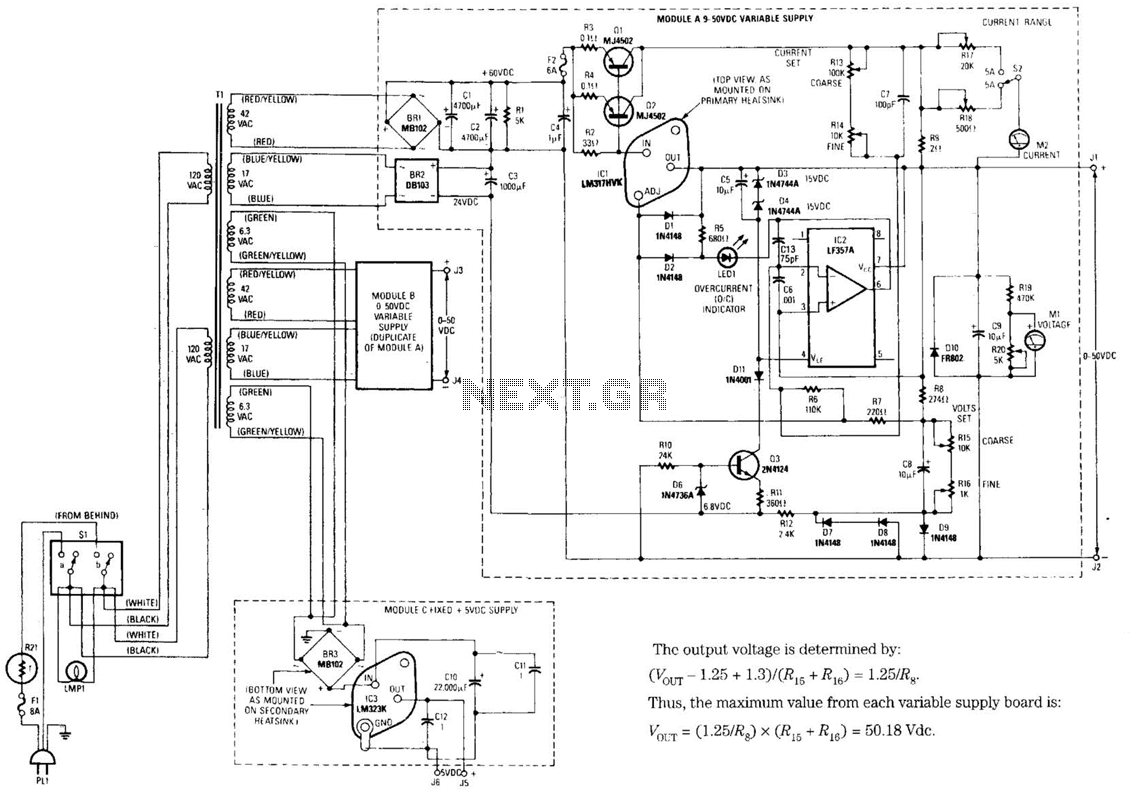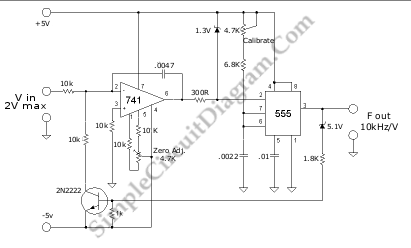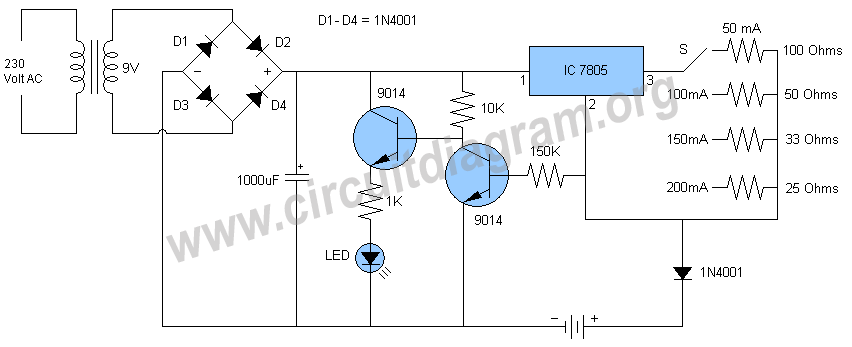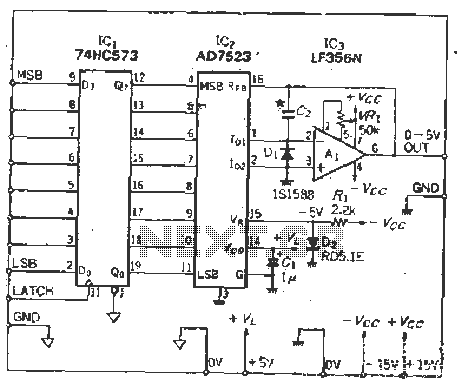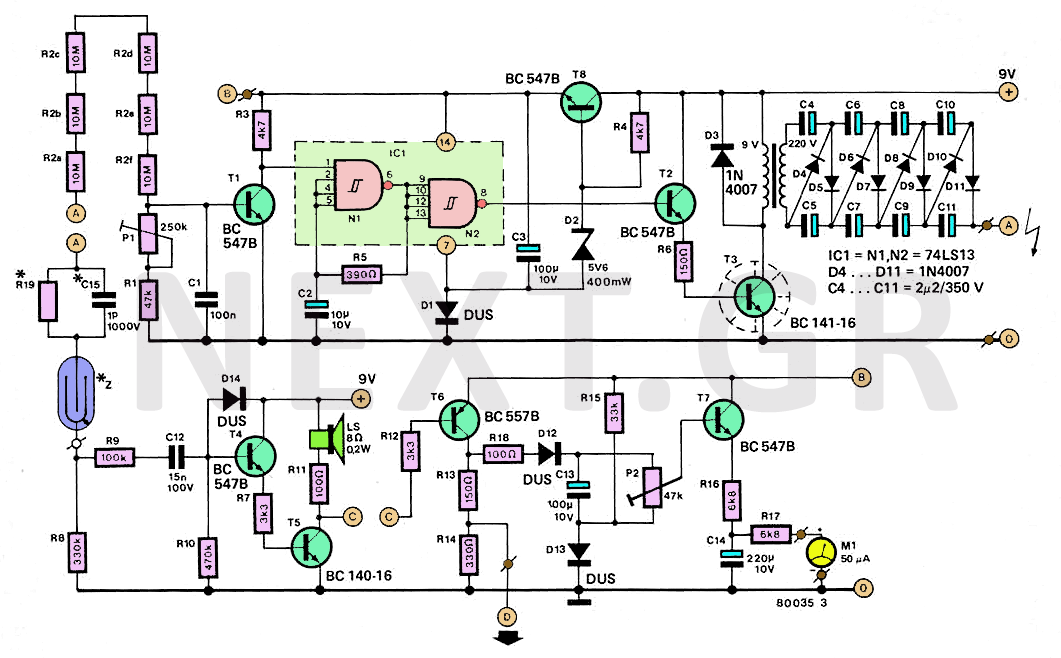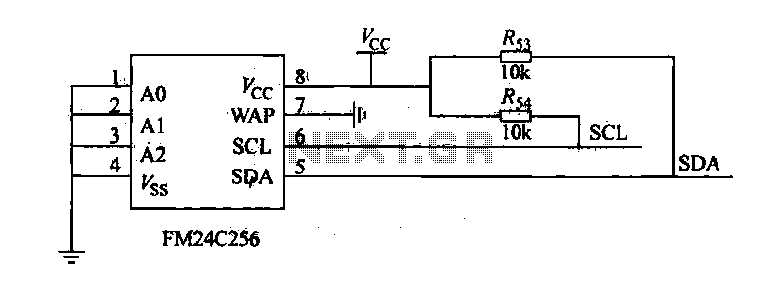
6 Volt regulator circuit using 7806-Voltage regulator IC
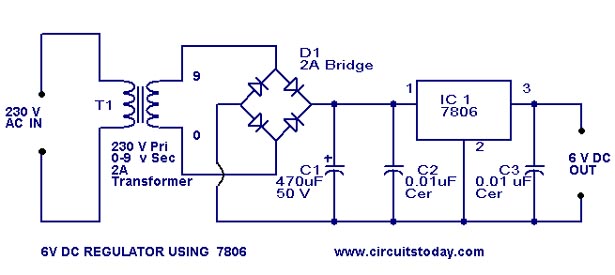
A simple 6-volt DC regulator circuit with a diagram and schematic using the 7806 IC, a positive voltage regulator. It serves as an elementary 6-volt, 1-ampere power supply circuit.
The 7806 voltage regulator is a widely used integrated circuit that provides a stable output voltage of 6 volts with a maximum output current of 1 ampere. This circuit is particularly useful for powering low-voltage electronic devices, ensuring consistent performance regardless of variations in input voltage or load conditions.
The basic configuration of the 7806 regulator circuit includes the following components: the 7806 IC, input and output capacitors, and a heat sink if necessary. The input capacitor, typically a 0.33 µF ceramic capacitor, is connected between the input pin of the 7806 and ground to filter out high-frequency noise from the input voltage source. The output capacitor, usually a 0.1 µF ceramic capacitor, is connected between the output pin and ground to improve transient response and stability of the output voltage.
The input voltage supplied to the 7806 must be higher than 6 volts, typically in the range of 7 to 35 volts, to ensure proper regulation. The maximum input-output voltage differential must not exceed the specified limits of the IC to prevent damage. It is also recommended to include a heat sink on the 7806 if the load current approaches the maximum limit, as this will help dissipate heat generated during operation.
The circuit schematic consists of the 7806 IC with its three pins: input (VIN), output (VOUT), and ground (GND). The input voltage is connected to the VIN pin, while the output voltage can be taken from the VOUT pin. The GND pin is connected to the common ground of the circuit. The input and output capacitors are placed close to the IC pins to minimize lead inductance and enhance stability.
Overall, this simple 6-volt DC regulator circuit is an effective solution for providing a reliable power supply for various electronic applications, ensuring that devices receive the necessary voltage for optimal operation.A simple 6 volt dc regulator circuit with diagram and schematic using 7806 Ic, a positive voltage regulator.Its an elementary 6 volt,1 ampere power supply circuit.. 🔗 External reference
The 7806 voltage regulator is a widely used integrated circuit that provides a stable output voltage of 6 volts with a maximum output current of 1 ampere. This circuit is particularly useful for powering low-voltage electronic devices, ensuring consistent performance regardless of variations in input voltage or load conditions.
The basic configuration of the 7806 regulator circuit includes the following components: the 7806 IC, input and output capacitors, and a heat sink if necessary. The input capacitor, typically a 0.33 µF ceramic capacitor, is connected between the input pin of the 7806 and ground to filter out high-frequency noise from the input voltage source. The output capacitor, usually a 0.1 µF ceramic capacitor, is connected between the output pin and ground to improve transient response and stability of the output voltage.
The input voltage supplied to the 7806 must be higher than 6 volts, typically in the range of 7 to 35 volts, to ensure proper regulation. The maximum input-output voltage differential must not exceed the specified limits of the IC to prevent damage. It is also recommended to include a heat sink on the 7806 if the load current approaches the maximum limit, as this will help dissipate heat generated during operation.
The circuit schematic consists of the 7806 IC with its three pins: input (VIN), output (VOUT), and ground (GND). The input voltage is connected to the VIN pin, while the output voltage can be taken from the VOUT pin. The GND pin is connected to the common ground of the circuit. The input and output capacitors are placed close to the IC pins to minimize lead inductance and enhance stability.
Overall, this simple 6-volt DC regulator circuit is an effective solution for providing a reliable power supply for various electronic applications, ensuring that devices receive the necessary voltage for optimal operation.A simple 6 volt dc regulator circuit with diagram and schematic using 7806 Ic, a positive voltage regulator.Its an elementary 6 volt,1 ampere power supply circuit.. 🔗 External reference
